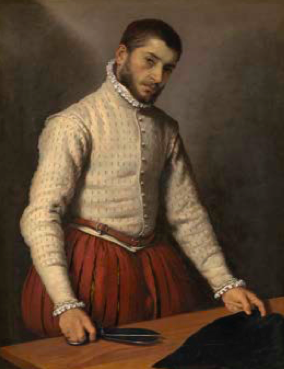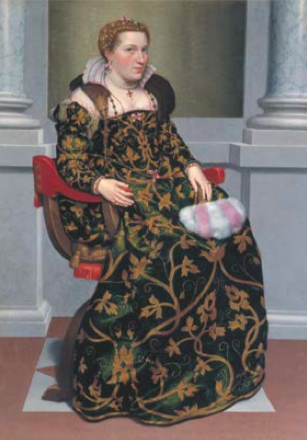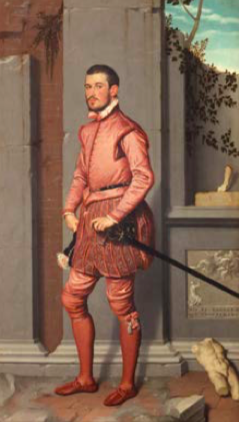Moroni: The Riches of Renaissance Portraiture
The Frick Collection Presents the Works of Painter Giovanni Battista Moroni
By Taylor Smith
Though Giovanni Battista Moroni never achieved significant fame during his lifetime, he had a noteworthy impact on the study and execution of portraiture during later years, particularly that seen in Dutch-style paintings. Beginning February 21, The Frick Collection in Manhattan will present the first major exhibition in North America solely devoted to the painter’s work. The masterful paintings will be shown alongside complementary objects from the period during which Moroni was painting, such as Renaissance-era jewelry, arms, armor, textiles, and luxury items. The exhibit was organized by Aimee Ng, associate curator, The Frick Collection; along with Simone Facchinetti, curator, Museo Bernareggi, Bergamo; and Arturo Galansino, director general, Palazzo Strozzi, Florence. The works will be on view in the Frick’s main floor Oval Room and East Gallery through June 2, 2019.
Moroni spent the majority of his career around his native Bergamo, a region of Italy located northeast of Milan. Growing up, Moroni was exposed to artwork, design, architecture, and luxury goods from Milan and Venice, which were both centers of artistic culture in the 1500s. After studying painting and portraiture as a young man, Moroni made a living providing local clientele with lifelike portraits and religious paintings. Some art critics of the time were critical of Moroni’s overtly lifelike human portraits, which made no attempt to hide apparent physical flaws, asymmetry, dull-colored clothing, and facial expressions seen in the sitter.

His “warts and all” approach would later be referred to as naturalism. This naturalistic style is particularly evident in Moroni’s portrait of his older sister, Lucrezia Agliardi Vertova, which showcases her sagging neck and wrinkles, a style that did not conform to Renaissance dimensions of beauty, geometry, and angelic virtue. The nature of Moroni’s religious portraiture was also unusual for the time, for he typically depicted very flawed and human-looking patrons alongside more stylized versions of saints and figures from the Bible. The overall effect is a study in contrasts; or a study in depicting fantasy vs. reality.
Also of note, Morani was known to paint female patrons in a style of full-length portraiture, a feature usually reserved for wealthy men only at this time in Europe. Isotta Brembati and Lucia Albani contradict accepted Renaissance social hierarchies by showing women from head to toe, their gowns wrinkled in perfect detail. Both women are shown sitting regally in a Dante chair. Pace Rivola Spini is believed to be the first standing full-length portrait of a woman painted at the time in Europe. It’s not clear what Moroni was suggesting with his elevation of women into a “full-length” style of portraiture. Perhaps he was only keeping with his naturalist tendencies, simply painting in painstaking detail whatever he saw sitting (or standing) in front of him.

Unbeknownst to his patrons, they were probably not expecting such a literal translation.
The Frick Collection is located at 1 East 70th Street near Fifth Avenue. Admission is $22 ($17 for seniors and $12 for students). Children under age 10 are not admitted to the museum. For more information, visit www.frick.org. To download the museum’s official app, visit frick.org/app.


